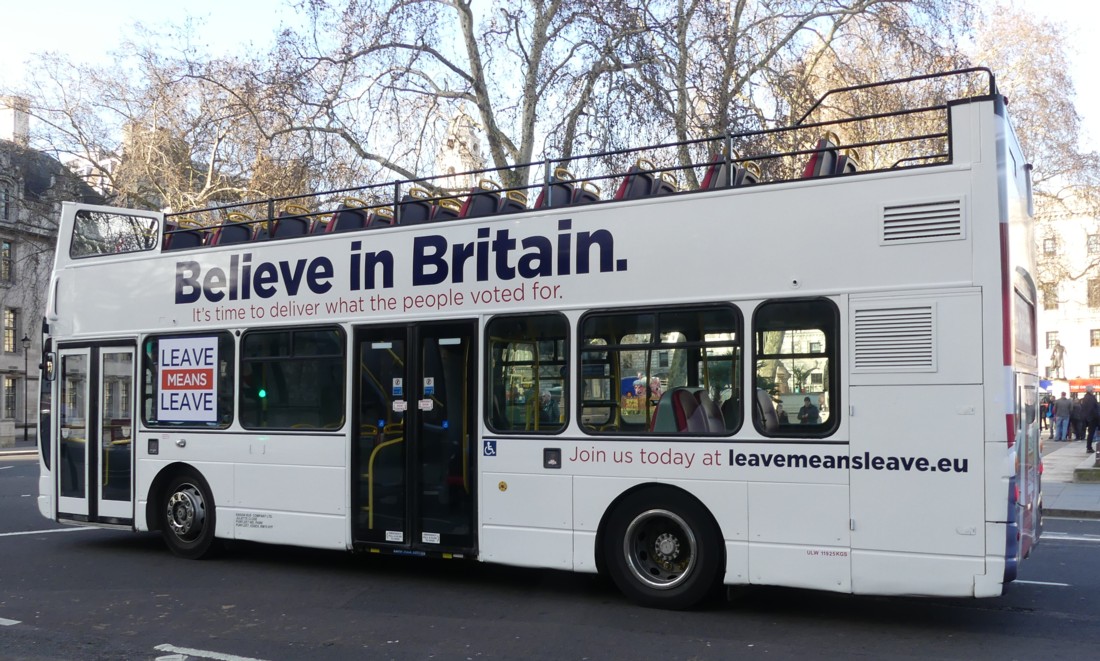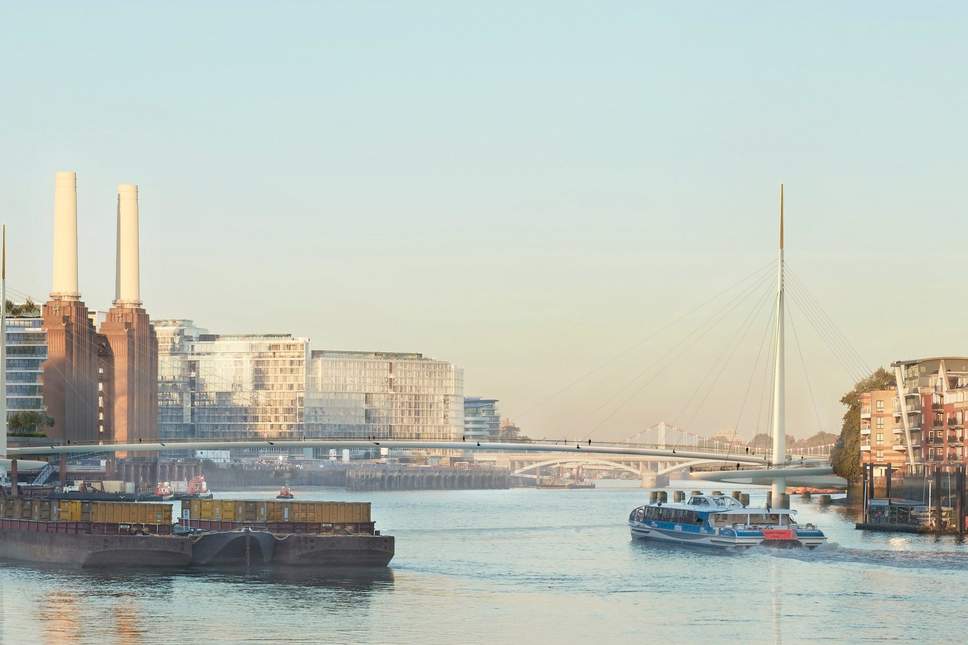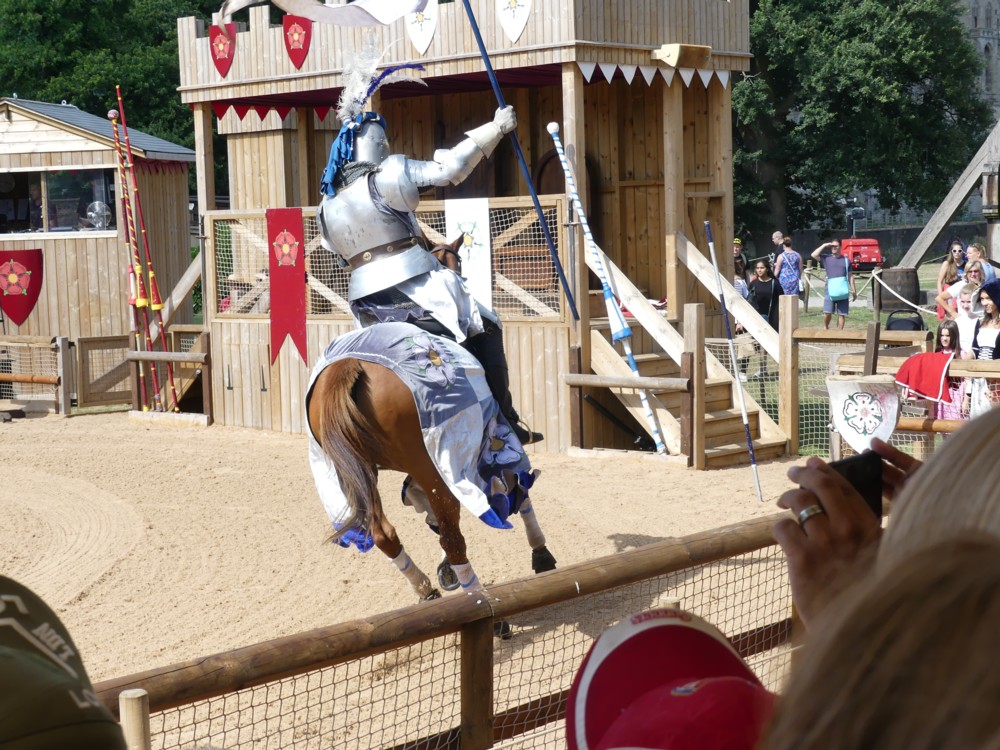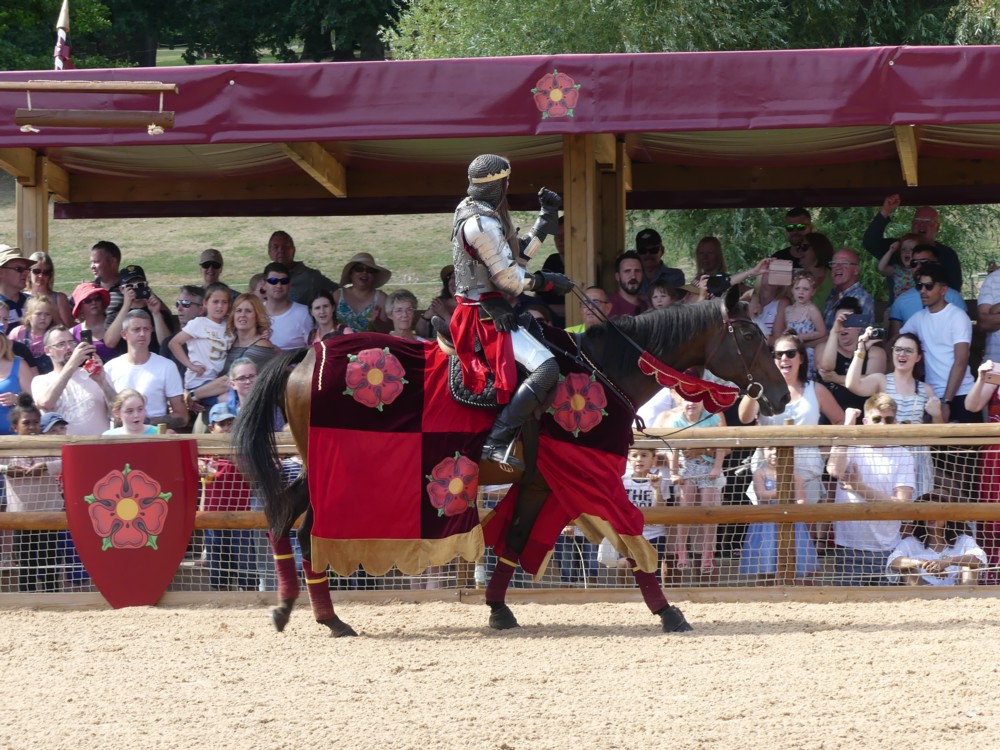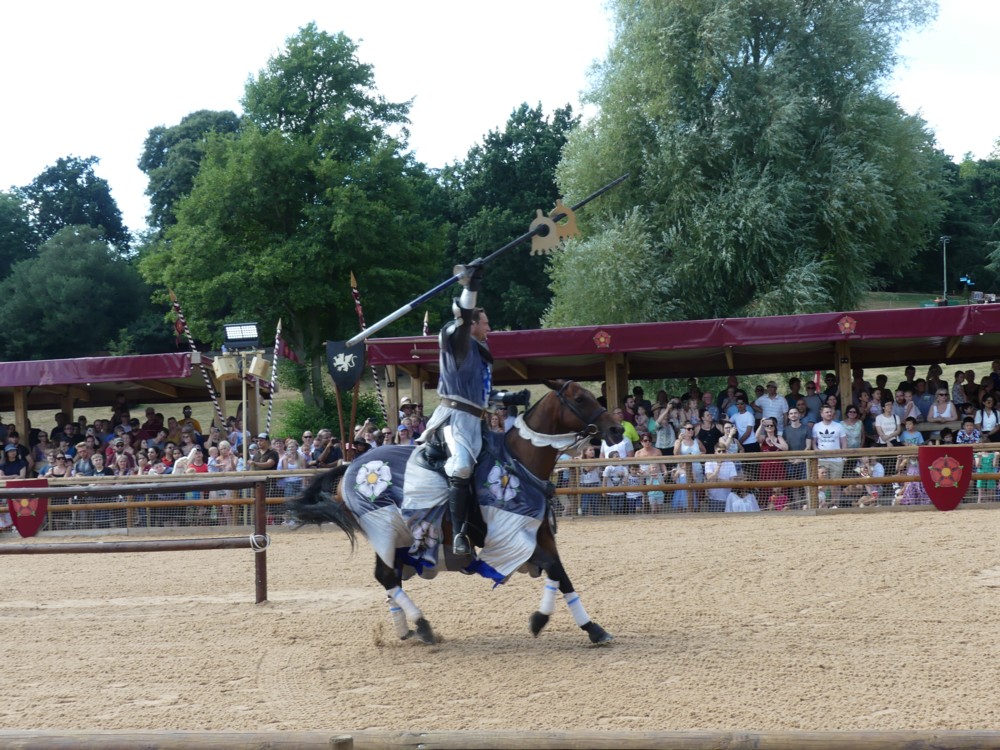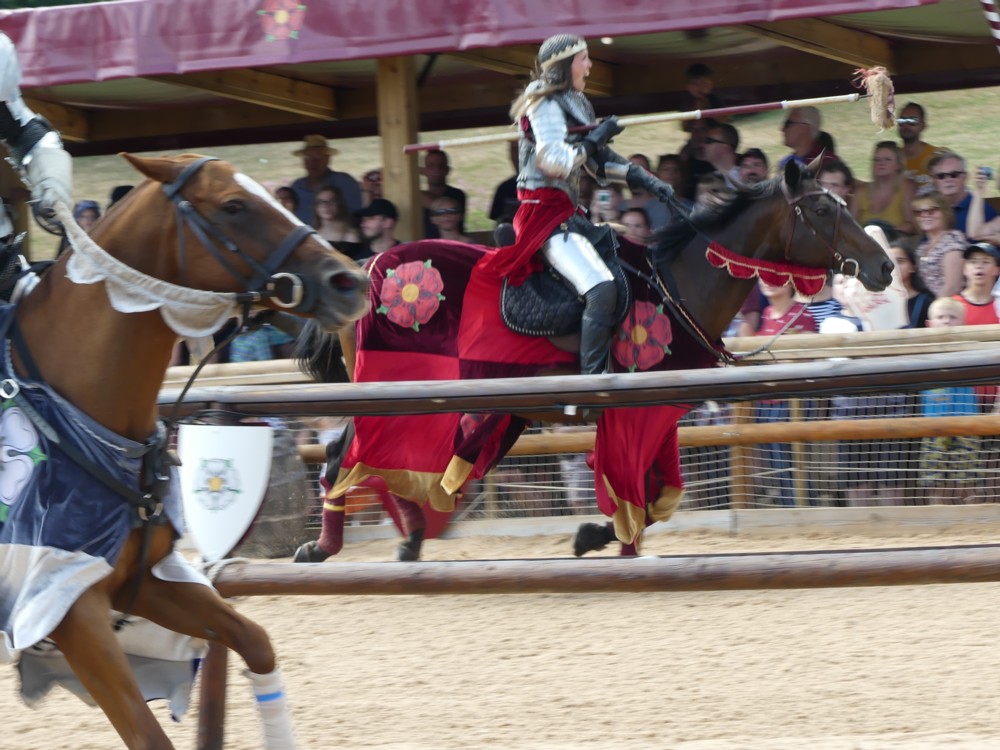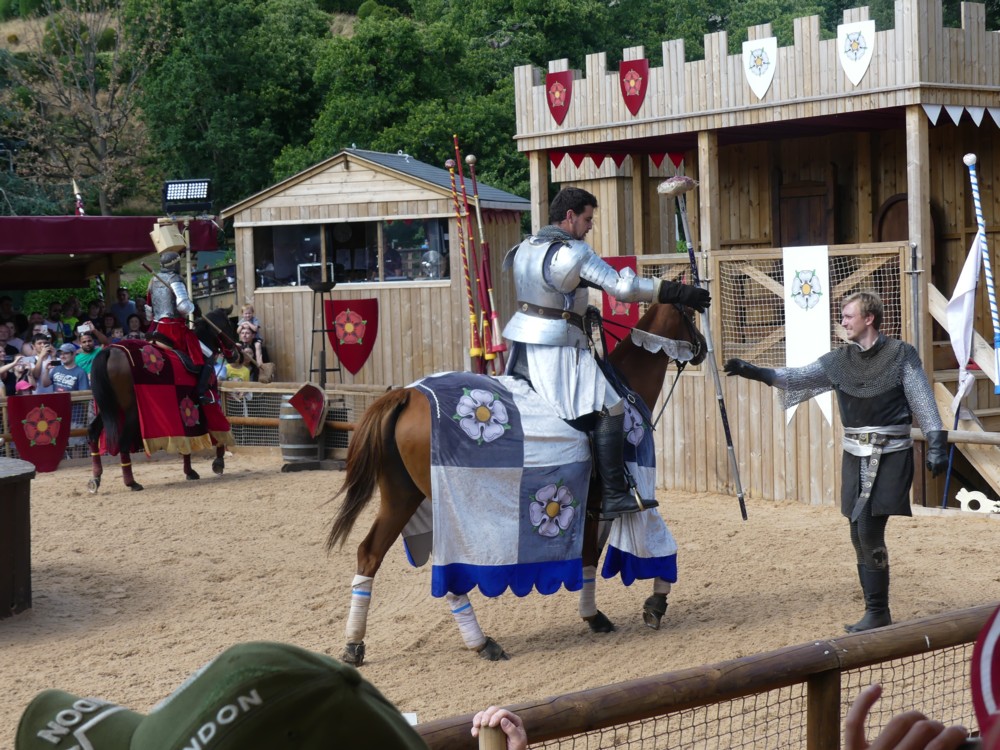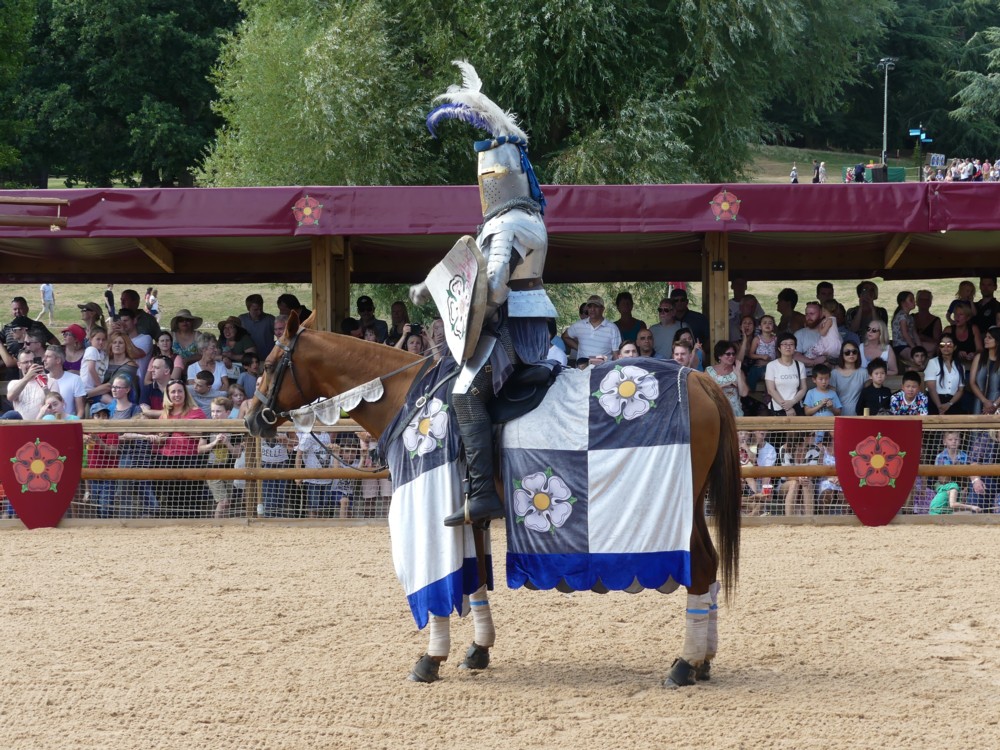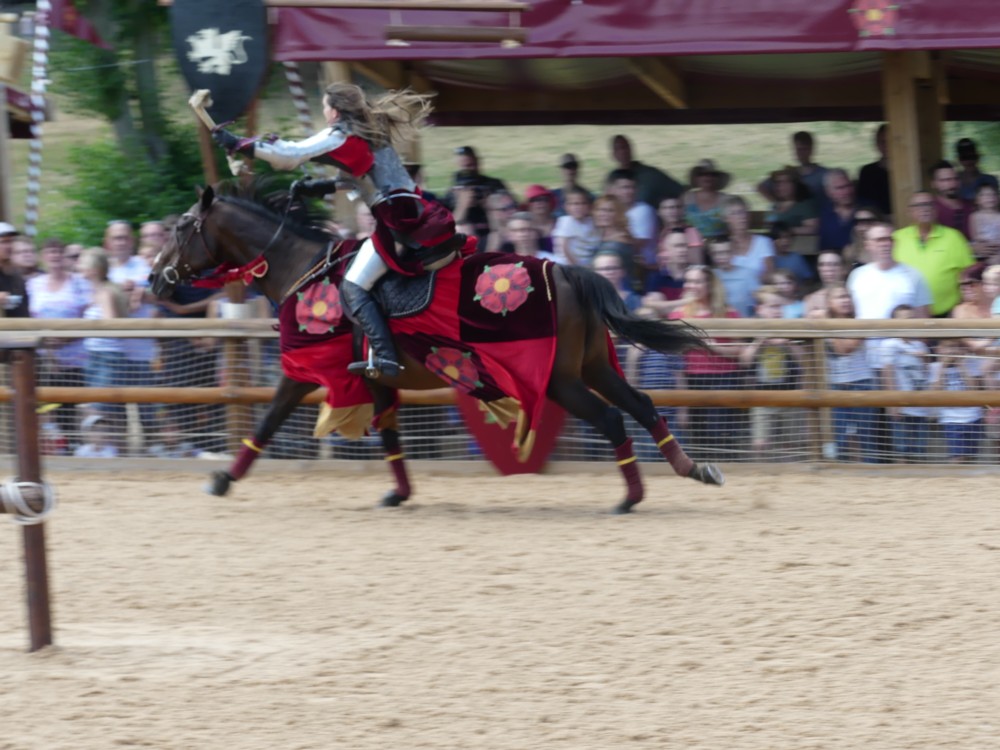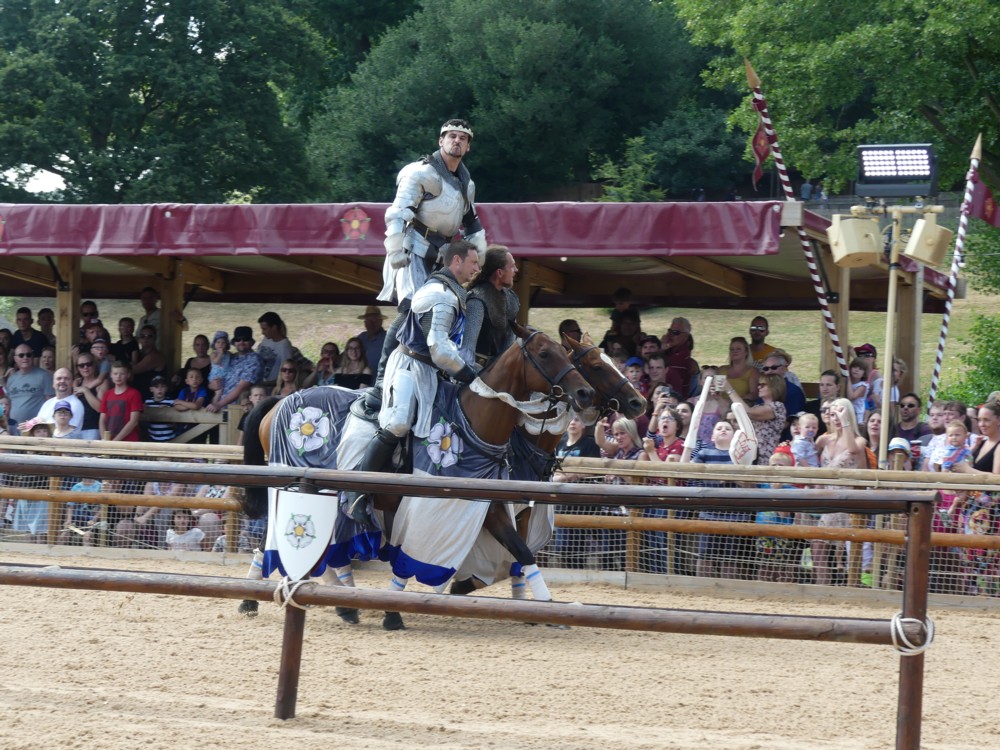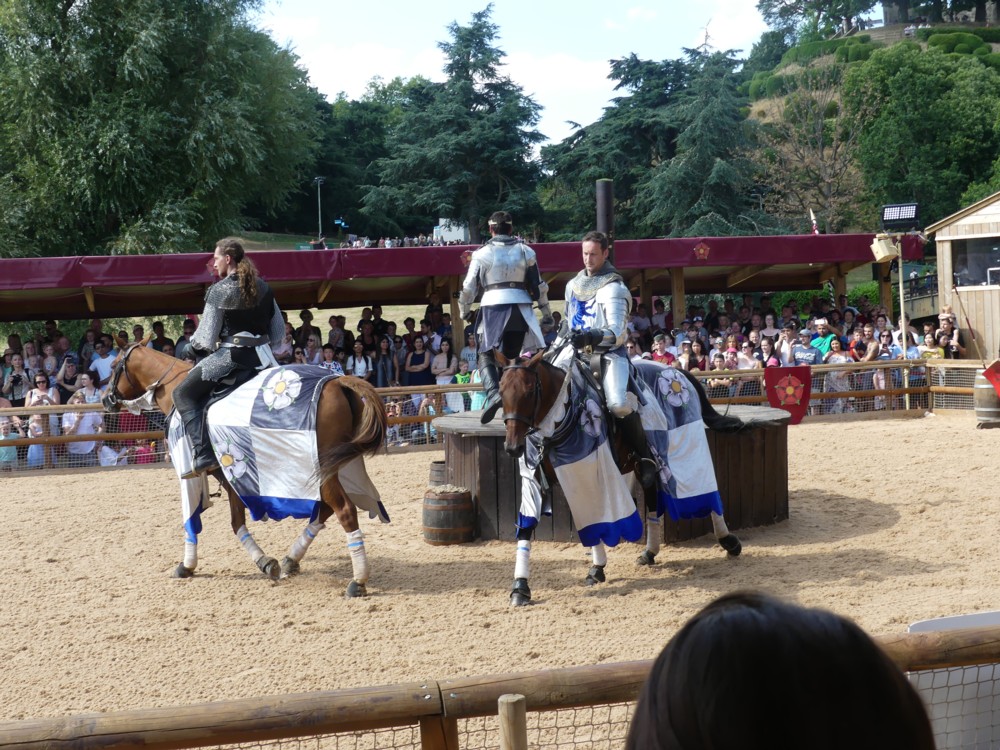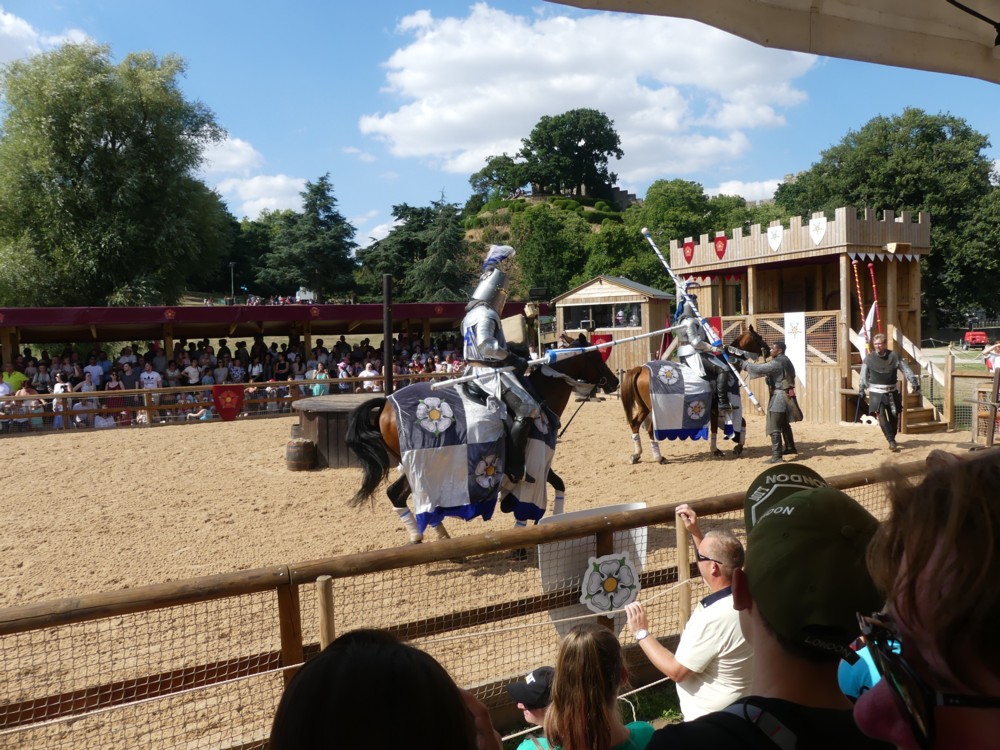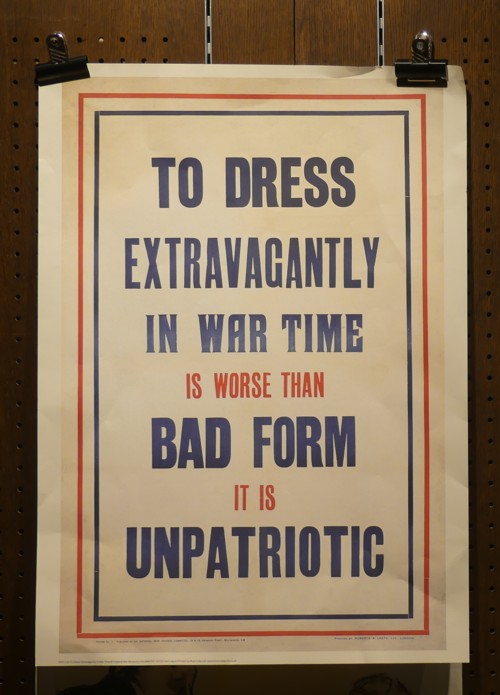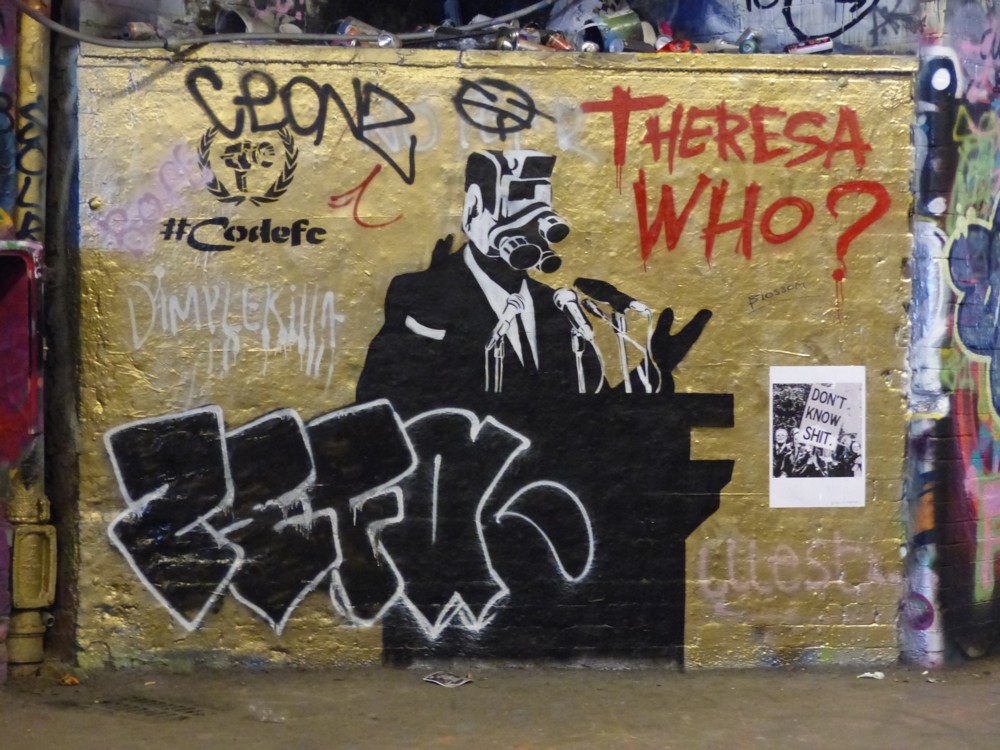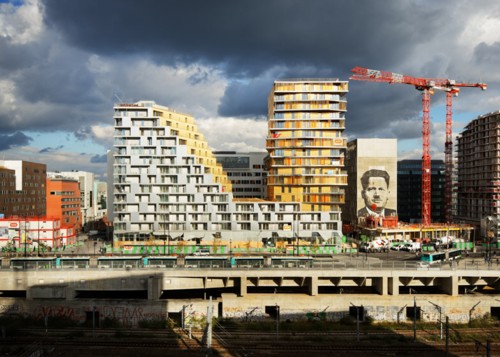I just watched Dominic Frisby, accompanying himself on the ukulele, singing a right wing comic song, recorded live at something called Comedy Unleashed.
I watched it on Facebook. Here is a link. Does that work? Does it work only if you are on Facebook? Does it work only if you are on Facebook and a “friend” of Dominic Frisby?
I have just suggested that this video be stuck up at Samizdata. If that happens, I’ll add a link to that here.
Anyway, whether you get to see this video or not, it did make me think about that mythical beast that keeps on being talked about as something that exists or could exist, but which is now so seldom actually sighted. I’m talking about right wing comedy. In Britain.
What distinguishes Dominic Frisby from what you’d think a right wing comedian would be like is that he is so nice. When he does comedy, at the usual comedy places, and as he has been doing it for years, he clearly fits in. He is part of it all. He likes – or does a damn good job of pretending that he likes – doing it, and the people he is doing it for. He is mates with the other comedians, or comes across as that. He has been following the time-tested rule for all challengers of the status quo, which is to start by thoroughly acquainting himself with that status quo, and showing that he is perfectly capable of winning by its existing rules. That way, he learns his craft, he learns his audience, and he proves that he is not dissenting from orthodoxy merely because that orthodoxy is something he cannot do. The new product he is offering is not sour grapes, but a new sweetness.
In this particular song, Frisby does not clobber his audience with confrontational opposition to assumed lefty wisdom, which he assumes his audience all shares and which he hates them all for all sharing. No, he starts, in the manner recommended by noted philosopher Karl Popper, by summarising the case of those he disagrees with in the most respectful possible manner. Only then does he suggest, in the most modest possible way, that there just might be another way of looking at the matter (maybe Tommy Robinson has a point, maybe Trump’s not all bad), and in a way that suggests he isn’t the only one who has been having these heretical thoughts. He is leading his audience in a direction he really thinks they might follow him along. It’s all done in the manner of George Formby, with grins and hints and merriment, with enjoyment simply assumed.
I never thought I’d hear a comedian get a laugh with one note played on a ukulele. But that is exactly what happens, in the intro to verse three (which says that maybe Theresa May should get the sack).
More about right wing comedy in this, if you can decipher it. It’s a photo of a big Sunday Times spread.
Let me try to make it easier to read:
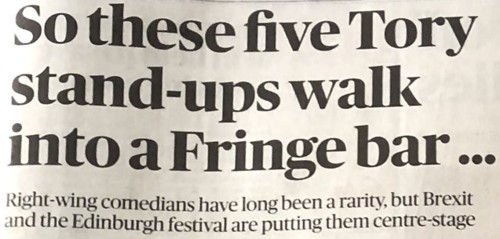
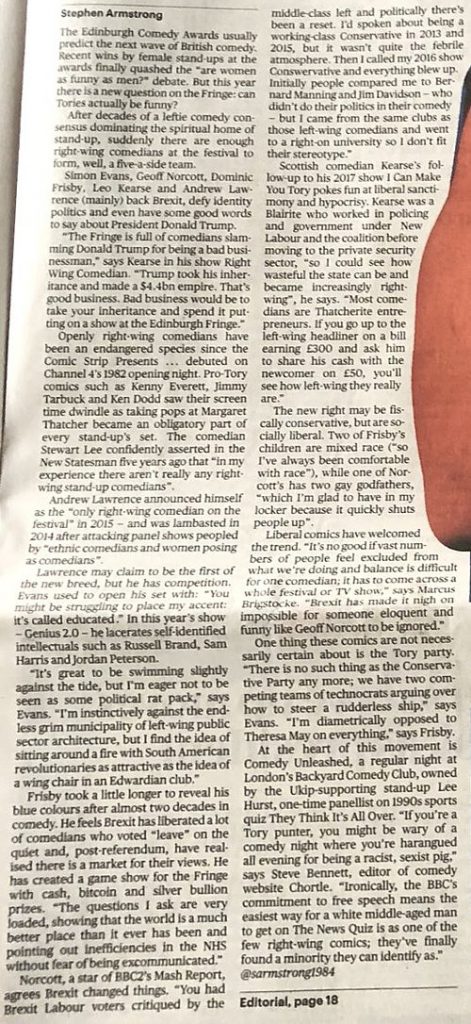
On the right of all this, not included in the above, this:
I saw a woman in a T-shirt that said “Smashing patriarchy!” on it. Nice to see that some of them appreciate the hard work we put in.
That’s not Frisby. That’s another right wing comic. As you can read above, there’s a whole bunch of them.
But this is Frisby. It’s another song called Secretly In Love With Nigel Farrage. Sadly, the sound balance is all wrong and I couldn’t hear the words properly. I hope Frisby has another go at recording that, on some future comedy occasion.
I’ve been a Frisby fan ever since I first heard of him, and I’ve not been wrong. He even did a couple of my Last Friday meetings, doing very early try-outs of future Edinburgh shows.


